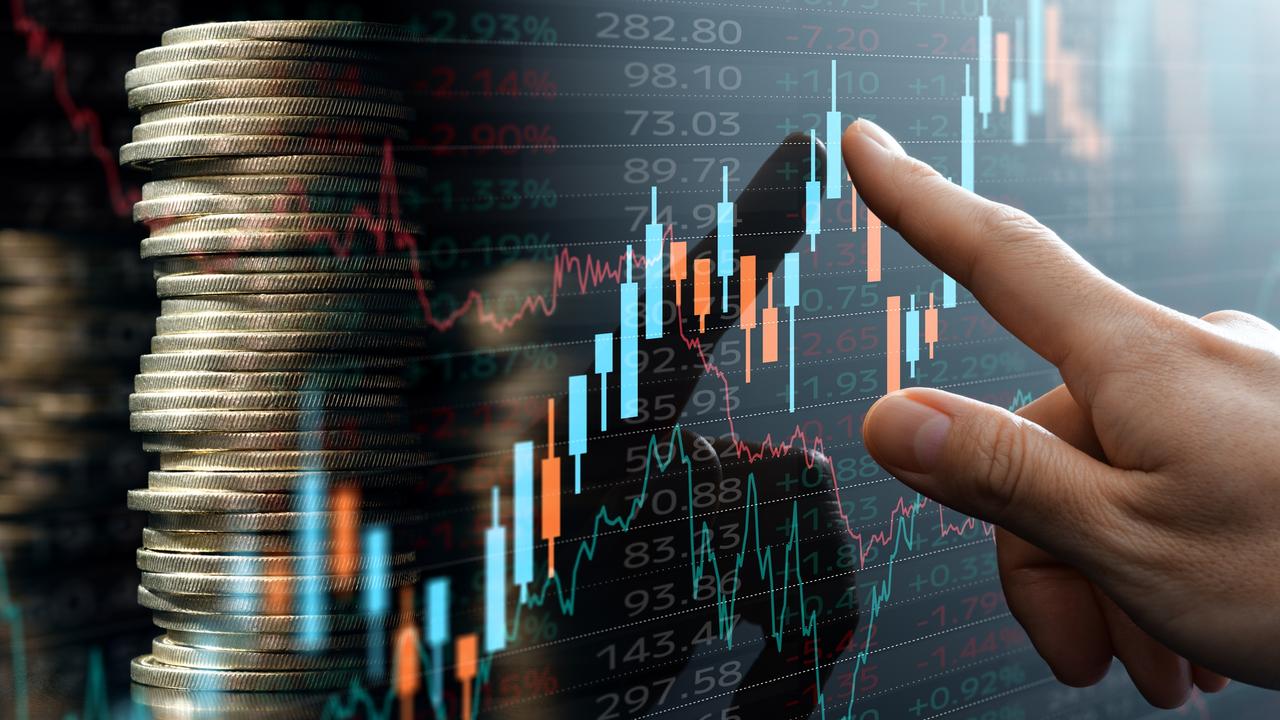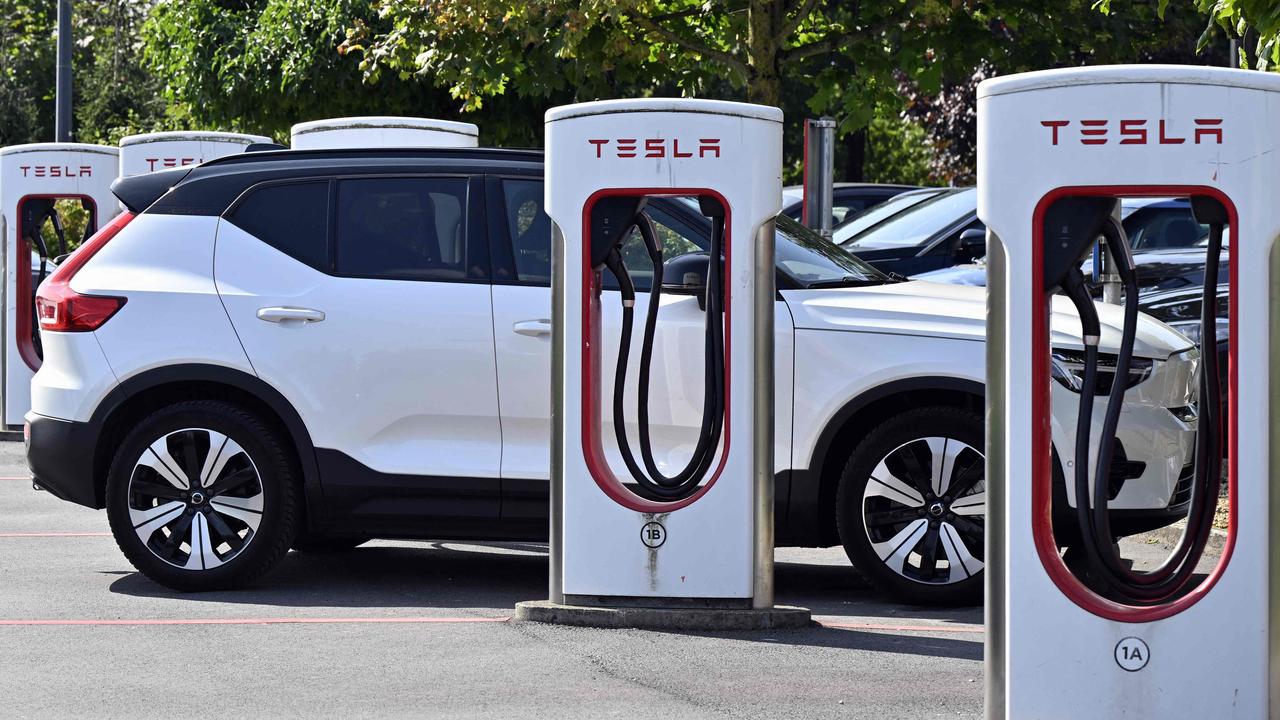How big super is riding returns from the Magnificent Seven
The retirement savings of millions of Australians are now firmly leveraged to the future of artificial intelligence.
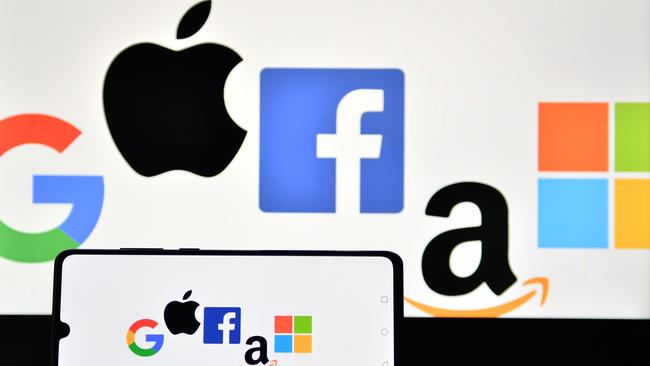
Business
Don't miss out on the headlines from Business. Followed categories will be added to My News.
The retirement savings of millions of Australians are now firmly leveraged to the future of AI, with names like Microsoft, Amazon and Google owner Alphabet dominating the offshore holdings of the big industry super funds.
The exposure to big tech and AI names is running into billions of dollars across multiple funds; AustralianSuper’s investment in Amazon alone now pushes $US1.9bn ($2.9bn), or some 10 per cent of its direct US share investments, according to 13F filings lodged with the US regulator.
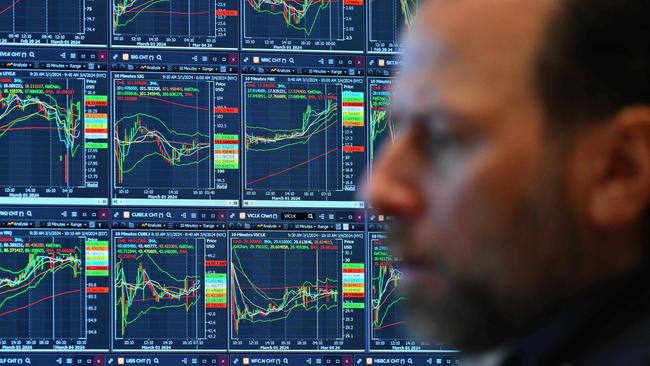
In fact, the $315bn AusSuper has some of the biggest holdings in absolute terms of tech stocks. Microsoft ($US1.05bn), Facebook owner Meta ($US848.4m), Google owner Alphabet ($709m) and Apple ($US355m) round off its top five, the latest filings show.
The filings which cover the period to the end of December also offer a rare insight into how Australia’s super funds are positioning their direct share investments.
The ballooning tech exposure mirrors the grip on US sharemarkets of the so-called Magnificent Seven tech players that are powering to record levels as investors bet on the boom in AI.
Combined, the market value of the seven – Microsoft, Apple, Amazon, Alphabet, Meta, Tesla and Nvidia – are pushing more than $US13 trillion ($20 trillion), or nearly a third of the value of the entire US benchmark, the S&P 500. By comparison, the combined market capitalisation of all ASX-listed companies is $2.3 trillion.
Magnificent Seven members Microsoft, Meta and Nvidia have each hit record highs in recent weeks and Amazon is trading near records amid signs they are pulling away from others in the battle to dominate AI.
Each of the software players has pledged to forge ahead on AI spending, while Microsoft is already incorporating cutting-edge Open AI technology into is products.
Chip-maker Nvidia, meanwhile, is booming with a $US2.1 trillion valuation, given it is expected to be the big winner from the heavy AI spreading. The gains among those members have come at the expense of Elon Musk’s Tesla that has underperformed on signs of softer demand for EVs. Tesla too is spending up big on AI and robotics.

Other Aussie industry funds such as the $125bn education focused fund UniSuper, have a large exposure to tech with Microsoft at more than $US791m, Apple at $US729m and chip giant Nvidia ($US278m). UniSuper is the only one of the big industry funds to have EV-maker Tesla ($US169m) among its top-10 holdings, the regulatory filings show.
The $85bn construction industry fund Cbus is perhaps the most leveraged to tech with its top-10 holdings making up more than 50 per cent of its direct US share exposure.
Cbus’ biggest exposures includes Microsoft ($US231.1m), Google ($US152.5m), Amazon ($US106.8m) and Apple ($US103.4m), the filings show.
The Melbourne-based fund also has exposure to more traditional names like MasterCard and Visa as well as rail transport.
The disclosures relate to super funds which hold shares directly; players like AusSuper, UniSuper and Cbus build up their own in-house investment teams as a way to drive down costs. Other big industry funds like HESTA, Australian Retirement Trust and Hostplus use investment funds to manage their international shares.

The filings show AusSuper offloaded more than $US240m of Apple shares during the December quarter, or more than a third of its holding. The trade looks astutely timed, as Apple shares are now down more than 11 per cent from its record high of $US197.96 in the middle of December. Other big sales in the quarter include Microsoft $US142m and healthcare and pharma play Abbott Labs ($US42m).
During the quarter, Cbus was quietly adding to its holdings in US chipmaker and Broadcom, software play Salesforce and California-based utility PG&E Corp.
It is important to remember that shares, including international holdings, only make up part of the overall portfolio of super funds, although the bigger funds have been increasingly upping their exposure to offshore holdings at the expense of Australian shares.
A typical AusSuper balanced portfolio will have 20 per cent Australian shares, 26 per cent international shares, infrastructure at over 15 per cent, bonds at 19 per cent, property at 5 per cent while the rest is made up of private equity, cash and other unlisted assets.
Meanwhile, AusSuper overnight has pledged to nearly double its investment exposure in the UK to more than $35bn by the end of the decade. The commitment was made by chief executive Paul Schroder in a speech at Lancaster House in London. Most of the spending will be in infrastructure including renewable energy, data centres, property and transport.
China goes for ‘about 5 per cent’
The positive share reaction of iron ore trio of BHP, Rio Tinto and Fortescue in a down market shows where China is likely to direct its effort in hitting its “about 5 per cent” growth target this calendar year.
The share surge of between 1 per cent and 1.9 per cent was in contrast to the cautious economic pivot coming from Beijing, summed up by the 2.5 per cent drop in Hong Kong’s Hang Seng index, a proxy for China growth.
China’s growth target compares to last year’s actual growth of 5.2 per cent but with a deeply troubled domestic property market and weak consumer spending, economists have already raised doubt about the figure being hit.

Oxford Economics’ Louise Loo is tipping growth of around 4.4 per cent this year. This implies that “policy easing is unlikely to stop until the target is within sight,” she says.
The target was issued at a key session of China’s National People’s Congress that also included a budget deficit forecast of 3 per cent of GDP.
The iron ore market has so far been able to trade through China’s property downturn although softer sales in other areas like EVs has been hitting demand for battery minerals like nickel and lithium, just as global supplies of these commodities have been ramping up.
Still, the depth of the property problems has spilt over into the economy and hitting consumer confidence. ANZ’s greater China economists estimate that China’s unsold residential property will take more than three-and-a-half years to digest the inventory. This is a year longer than the previous property slump of a decade ago.
While China is still resisting from undertaking a big stimulus to get it out of its post-Covid funk, the message from the National People’s Congress is around “Chinese modernisation” a phrase reiterated by Chinese Premier Li Quang on Tuesday.
And that suggests funding programs will be directed to the more productive manufacturing sectors of the economy as well as renewable energy. Miners are tipping this will continue to provide critical support for steelmaking as well as materials like copper. And in a better sign for depressed battery materials, Beijing is preparing to support consumer demand for big-ticket household items and upgrades – much of this is likely to drive the domestic switch to EVs from internal combustion cars.
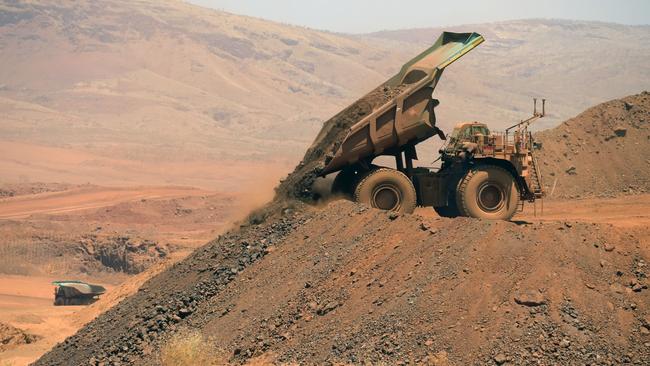
BHP’s Singapore-based chief economist Huw McKay had already been anticipating the “about 5 per cent target” in his biannual update last month. McKay had been forecasting China’s real GDP at 4.5 per cent to 5 per cent this calendar year. While housing market and consumer confidence faces deep pressure, McKay says investment in infrastructure – including water infrastructure and renewable energy is growing. Investment in manufacturing and machinery also has a strong tailwind from the past year. This has been providing a floor under prices, although disappointment about Beijing’s drip-feeding of stimulus efforts so far saw spot iron ore fall through the $US120 a tonne mark in February. Iron ore for delivery into Tianjin last traded at $US116 a tonne, according to Trading Economics numbers. For those with the long view all this is a short term distraction with the multi-decade story intact: By mid-century China will need to find more ways to increase steel output to meet urbanisation rates.
johnstone@theaustralian.com.au
Originally published as How big super is riding returns from the Magnificent Seven


